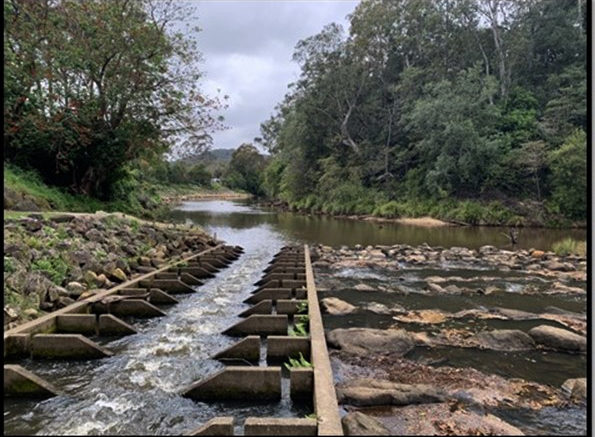



Article by: Hari Yellina
More than 80 Upper Hunter irrigators convened recently at the Aberdeen Bowling Club to debate the consequences of the NSW government’s intention to adopt a slew of new irrigator laws. The draught Water Sharing Plan for the Hunter Unregulated and Alluvial Water Sources 2022 includes these revisions. The Hunter Unregulated and Alluvial Plan was reviewed by the Natural Resource Commission (NRC) in 2020, and it was recommended that it be replaced. The deadline for this replacement is July 1, 2022.
The strategy ensures that water flows to significant natural assets, such as the Ramsar-listed Hunter Estuary Wetlands. It also supplies water to a wide range of regional and state-important sectors, which account for over 28% of regional NSW’s total economic output. Given these considerable values, the issues identified in this evaluation should be addressed, and a replacement plan devised to maintain the values associated with these key assets, according to the review. The study argues that establishing water availability limits is especially necessary for this plan because water entitlements across the Hunter Valley have reached their full levels.
However affected irrigators believe that if the proposal is accepted, they will be obliged to stop pumping from their wells if the levels of government monitoring bores fall below a specific level – even if their own well contains water. According to a similar plan, practically every irrigator in the Valley will be required to install an AS4747 metre. The cost of installing these top-of-the-line metres is around $10,000 per well. Every irrigator with bores (greater than 100mm combined pump capacity) and every irrigator with a well, regardless of pump capacity, is affected by the proposal. Scott Wheatley, an Aberdeen dairy farmer, has been pushing for more than a year to improve the proposal. “The problem is that so many people were completely unaware that they would be affected,” he explained.
“It’s bringing in people who have never been subjected to any kind of regulation before. “However, the consultation period ends at midnight on Sunday, and the government has refused to extend it. “We held this gathering to increase awareness and ensure that participants submitted their submissions before the deadline.” Doug Robertson, one of the irrigators who spoke at Monday’s meeting, said he had checked what the proposed cease-to-pump laws would mean for his family’s fifth-generation beef and irrigation business. “During the 2006/07 drought, we had water in our well and were able to irrigate,” he continued, “but if this law had been in place, we would have been obliged to halt pumping for 20 months during that two-year period.”
“Despite the fact that there was water in our own well that we could have used to grow feed for them, we would have been obliged to sell our core breeding herd or purchase in feed at inflated drought prices.” Larry and Cherry Hamson, irrigators in Segenhoe Valley, have been growing lucerne hay on their 52-acre farm since 2000. They said that the planned cease-to-pumping laws would be disastrous for their business, which is their sole source of revenue, as well as their consumers. “We have so many customers – people with horses, cattle, and sheep – who were able to feed their animals only because of the hay we provide during the last drought,” the Hamsons explained. “Everyone in the valley was dangling by a thread.” “If irrigators like us weren’t able to pump during that drought I hate to think what would have happened.”